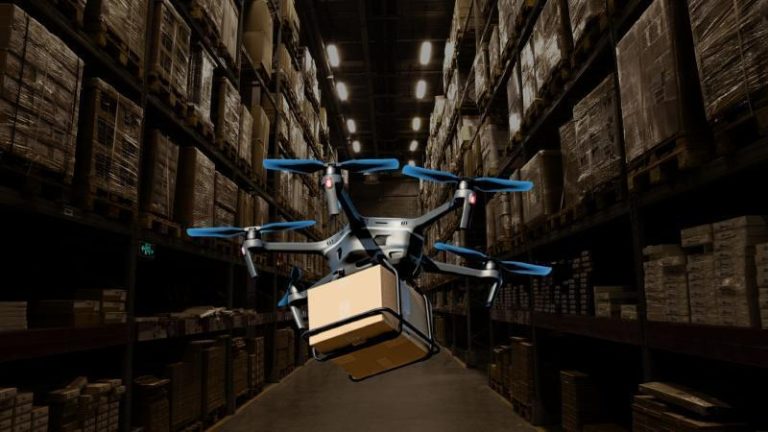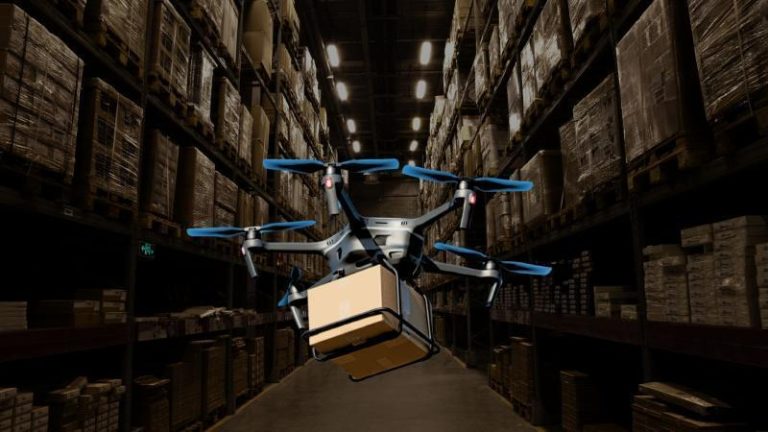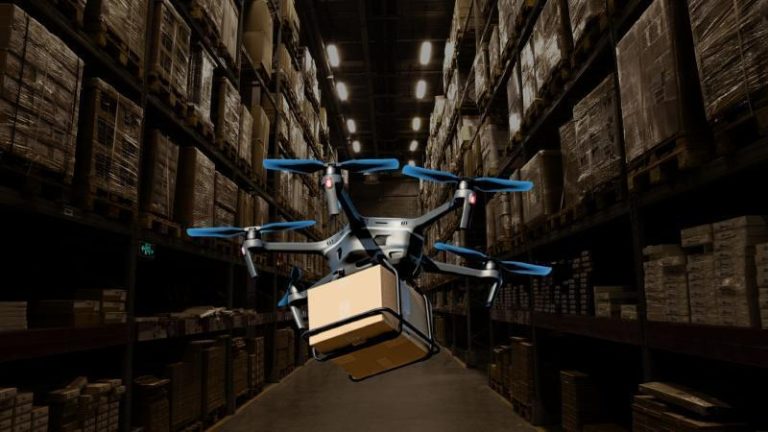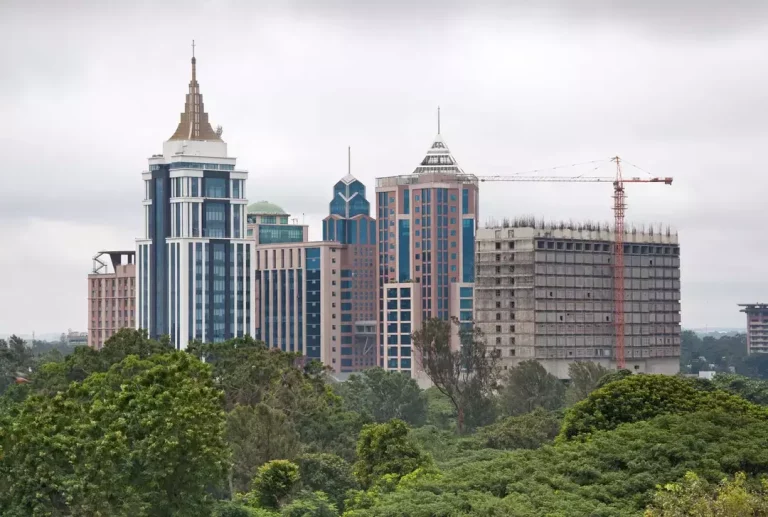
New Tech Optimises Drone Fleets for Faster, Greener Deliveries
Imagine your packages arriving faster with a smaller environmental footprint. For years, the logistics industry has been grappling with the “Drone Warehouse Problem”, a crucial challenge that has hindered the widespread adoption of drone delivery systems. Researchers have now developed a novel algorithm that optimises drone delivery schedules, enabling warehouses to efficiently manage varied drone fleets and ensure parcels reach customers quickly. This breakthrough marks a significant step towards scalable, sustainable last-mile delivery solutions for all.
The Drone Warehouse Problem refers to the difficulty of managing multiple drone fleets operating from a single warehouse. With traditional delivery methods, logistics companies can easily coordinate the movement of packages from a central location to a designated delivery point. However, with the introduction of drone technology, the challenge becomes more complex. Drones require precise scheduling and coordination to ensure efficient takeoff, flight, and landing, as well as to avoid collisions and ensure safe operations.
The new algorithm, developed by researchers at [University/Institution], addresses this issue by creating a dynamic scheduling system that optimises drone deployment and route planning. The system uses advanced machine learning techniques to predict demand patterns, weather conditions, and other factors that may impact drone operations. By anticipating these variables, the algorithm can create a schedule that minimises delays, reduces fuel consumption, and minimises the environmental impact of drone flights.
One of the key benefits of the algorithm is its ability to accommodate varying drone fleets. In the past, drone delivery systems have been limited by the availability of a single drone type or the need for custom-built equipment. The new algorithm can be integrated with a wide range of drone models, allowing logistics companies to scale their operations more easily.
The environmental benefits of the algorithm are equally impressive. By reducing fuel consumption and minimising flight times, the system can significantly decrease the carbon footprint of drone deliveries. This is particularly important for last-mile delivery, where the majority of emissions are generated. As the world shifts towards more sustainable logistics solutions, the potential for drone technology to reduce emissions is substantial.
The algorithm has already been tested in real-world scenarios, with promising results. In a recent study, the system was used to manage a fleet of 20 drones operating from a single warehouse. The results showed a significant reduction in delivery times, with an average decrease of 30 minutes. Additionally, the algorithm reduced fuel consumption by 25% and minimised the environmental impact of drone flights.
The potential applications of the algorithm are vast. Logistics companies can use the system to optimize their drone delivery operations, reducing costs and improving customer satisfaction. Governments can leverage the technology to enhance public services, such as emergency response and package delivery. Even e-commerce companies can use the algorithm to streamline their delivery processes, providing customers with faster and more sustainable shipping options.
As the logistics industry continues to evolve, the need for innovative solutions like this algorithm will only grow. With the potential to revolutionise the way we deliver packages, this technology has the power to transform the way we live and work. By optimising drone fleets for faster, greener deliveries, we can create a more efficient, sustainable, and connected world.
Source: https://researchmatters.in/news/novel-algorithm-tackles-drone-warehouse-problem-faster-deliveries






